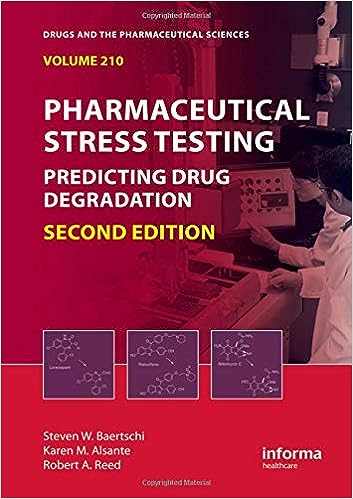Introduction to Biologics and Biopharmaceuticals Stability Testing
Stability testing of biologics and biopharmaceuticals is a critical aspect of pharmaceutical development, ensuring the safety, efficacy, and quality of these complex therapeutic products. Biologics, such as proteins, monoclonal antibodies, and nucleic acids, require specialized stability testing protocols to assess their stability under various storage and handling conditions.
Challenges in Stability Testing of Biologics
Stability testing of biologics presents unique challenges due to their complex structure, sensitivity to environmental factors, and potential for degradation. Key challenges include:
- Protein Conformation: Maintaining the native conformation of proteins and antibodies, which is critical for their biological activity and therapeutic efficacy.
- Aggregation
Stability Testing Parameters
Stability testing of biologics typically evaluates various parameters, including:
- Physical Stability: Assessing changes in appearance, color, clarity, and particulate matter formation.
- Chemical Stability: Monitoring protein degradation pathways, such as oxidation, deamidation, and fragmentation, using advanced analytical techniques.
- Biological Activity: Testing the potency, efficacy, and functional activity of biologics using in vitro and in vivo bioassays.
- Microbiological Stability: Evaluating the susceptibility to microbial contamination and growth, particularly for biologics derived from biological sources.
Stability Testing Methods
Stability testing of biologics utilizes a combination of analytical techniques and specialized assays, including:
- High-Performance Liquid Chromatography (HPLC): For quantification of protein degradation products, aggregates, and impurities.
- Mass Spectrometry (MS): For characterization of protein structure, post-translational modifications, and degradation pathways.
- Bioassays: Cell-based assays, binding assays, and functional assays to assess biological activity, potency, and efficacy.
- Differential Scanning Calorimetry (DSC) and Fourier Transform Infrared Spectroscopy (FTIR): For analysis of protein stability, conformational changes, and thermal denaturation.
Regulatory Considerations
Stability testing of biologics must comply with regulatory guidelines, such as those provided by the International Council for Harmonisation (ICH) and regional regulatory agencies:
- ICH Guidelines: Following ICH guidelines, such as ICH Q5C and Q5E, which provide recommendations for stability testing of biotechnological/biological products and validation of analytical procedures.
- Regulatory Submissions: Providing comprehensive stability data as part of regulatory submissions to support product approval, labeling claims, and patient safety.
Conclusion
Stability testing of biologics and biopharmaceuticals is essential for ensuring the safety, efficacy, and quality of these complex therapeutic products. By employing specialized stability testing protocols, analytical techniques, and regulatory compliance, pharmaceutical companies can develop and market biologics that meet rigorous quality standards and regulatory requirements, ultimately benefiting patients worldwide.

